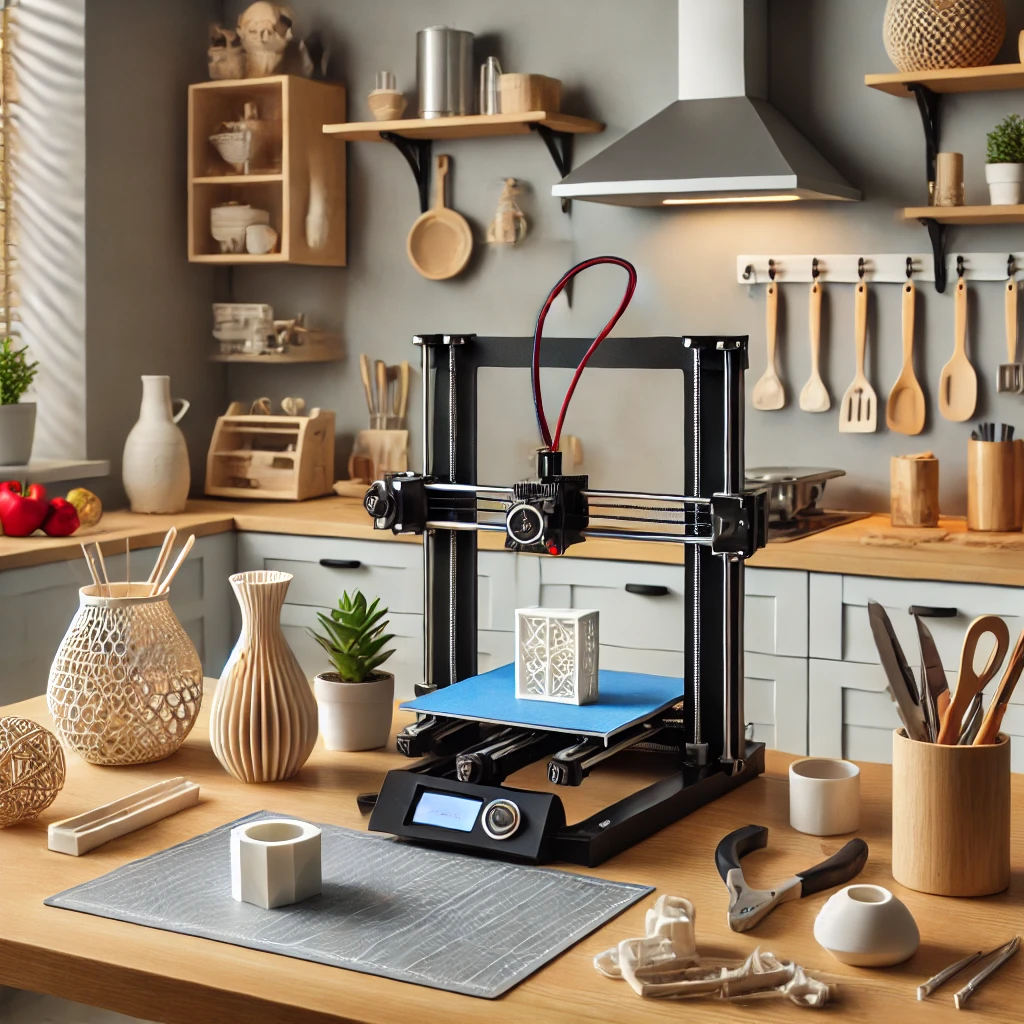
DIY the future! Discover what you can create with a 3D printer
1. 3D printers bringing new possibilities to homes
What are 3D printers? Basic mechanisms and features
3D printers use additive manufacturing technology to build objects layer by layer from digital models. The main components include a print head, filament material, and a heated build plate. This method allows for intricate designs and precise customization.
The benefits of home use: Cost and flexibility
3D printers enable individuals to manufacture items on demand, reducing reliance on mass production. For example, replacing a broken kitchen gadget no longer requires a trip to the store; instead, you can print it at home, saving both time and money.
Main uses of 3D printers
Applications include creating prototypes for small businesses, custom home tools, artistic projects, and even educational models for students. The adaptability of 3D printers makes them a valuable addition to any household.
2. Easy steps for beginners to set up a home 3D printer
Preparation: Choosing and installing a 3D printer
Starting with an entry-level printer like Creality Ender 3 or Prusa Mini is ideal for beginners. Position it on a stable surface, ensure proper ventilation, and follow calibration steps to optimize performance.
Free software for beginners: Design tools to explore
Popular design software like TinkerCAD or Fusion 360 offers user-friendly interfaces and robust tutorials for creating digital models. These tools make it easier for novices to dive into the world of 3D printing.
First projects to try
Begin with simple items like keychains, phone holders, or basic tools to familiarize yourself with the printer’s capabilities. This practice builds confidence before tackling more complex projects.
3. 5 useful gadgets you can create with a 3D printer
Custom kitchen tools: Measuring spoons and hooks
One practical use is printing durable, heat-resistant measuring spoons. Additionally, customizable hooks can maximize kitchen storage space efficiently.
Organization tools: Cases and dividers
From a perfectly sized desk organizer to drawer dividers, 3D printing allows for personalized storage solutions tailored to your space and needs.
Decorative items for your home
Create unique vases, photo frames, or ornaments to match your home’s aesthetic. These items not only serve as décor but also showcase your creativity.
4. Practical applications of 3D printing at home
Repairing broken parts or creating replacements
Lost a knob on an appliance or need a specific connector? With a 3D printer, you can produce precise replacements, eliminating the hassle of sourcing parts.
Using 3D printing for kids’ educational projects
Encourage STEM learning by involving children in designing and printing their models. For instance, they can create a functional model of the solar system.
Making pet accessories or custom toys
Design ergonomic feeding bowls, interactive toys, or custom-fit collars for your pets. These tailored items enhance their quality of life.
5. Troubleshooting and tips for optimal 3D printing
Common issues and their solutions
Warping or failed adhesion can be resolved by leveling the build plate and ensuring proper filament temperatures. Regular maintenance avoids these common pitfalls.
How to choose and manage filament
Selecting the right material—PLA for beginners, PETG for strength—affects print quality. Proper storage in dry conditions prevents filament degradation.
Maintaining your 3D printer for longevity
Clean the nozzle, lubricate moving parts, and update firmware regularly to ensure the printer remains in top working condition.
Conclusion
3D printing opens up endless possibilities for creative and practical applications at home. By exploring its full potential, you can not only save money but also enhance your daily life. Whether you’re a beginner or a seasoned maker, there’s always something new to create. So, what will you print next?



Comment